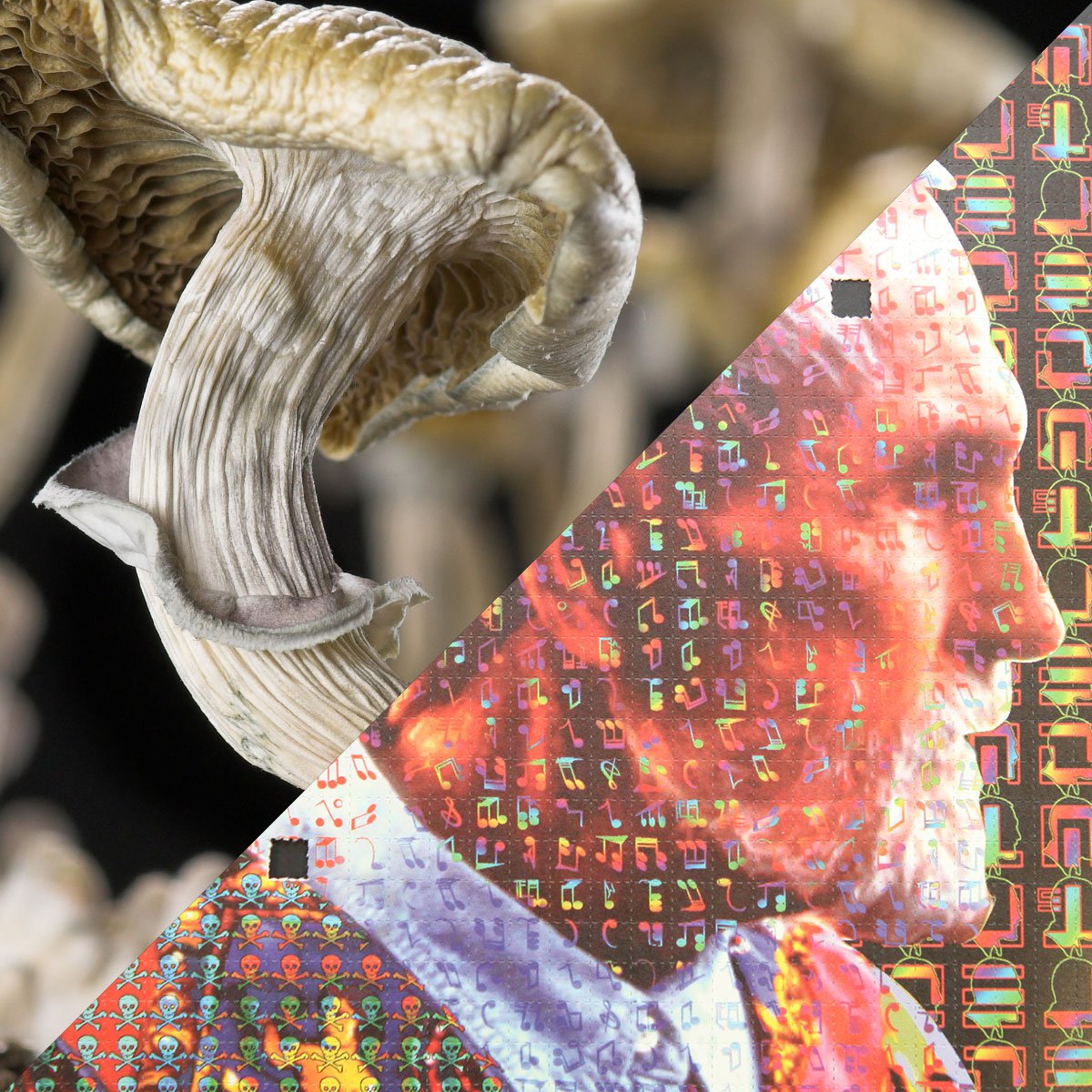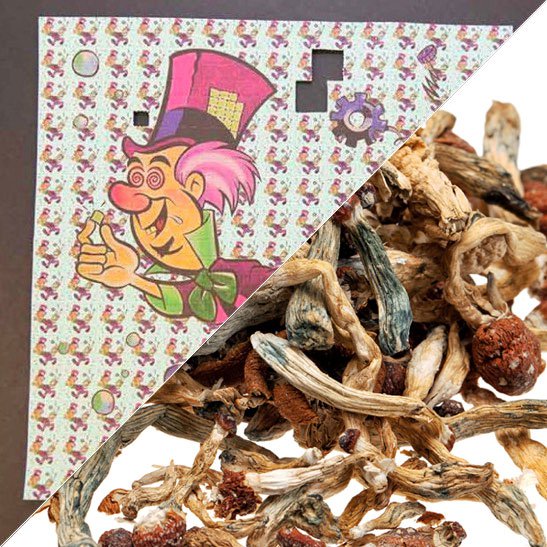Learn What’s Unique About Golden Psycho and Why It Stands Out.
Learn What’s Unique About Golden Psycho and Why It Stands Out.
Blog Article
All Regarding Psychotomimetic Compounds: Their Function in Psychological Research
Psychotomimetic substances, such as LSD and psilocybin, have actually gathered raising passion in emotional research for their capability to reproduce psychotic symptoms and offer insight right into numerous mental wellness disorders. Their communications within the brain, especially via serotonin and dopamine paths, recommend a complex connection in between awareness and neurobiology that might open novel therapeutic opportunities. As scientists continue to investigate their prospective applications, moral factors to consider bordering their usage in clinical settings come to be paramount, increasing critical concerns about security and educated consent that require more expedition.
Interpretation of Psychotomimetic Substances
In the world of emotional study, psychotomimetic substances are materials that can generate results appearing like those of psychosis, such as hallucinations, delusions, and transformed understandings of truth - About Golden Psycho. These compounds can be classified into different groups, consisting of hallucinogens, dissociatives, and particular energizers, each generating distinct psychological effects
The pharmacological action of psychotomimetic compounds frequently includes modulation of neurotransmitter systems, especially those associated to serotonin, dopamine, and glutamate. Substances like lysergic acid diethylamide (LSD) largely act on serotonin receptors, leading to extensive modifications in sensory perception and cognition.
The energy of psychotomimetics in research study hinges on their ability to resemble psychotic signs, offering a version for recognizing the underlying systems of psychotic disorders such as schizophrenia. By examining the effects of these substances, scientists can get understandings right into the neurobiological and psychological procedures that add to psychosis.
Moreover, psychotomimetic compounds have been explored for their healing potential in dealing with various psychological health and wellness conditions, consisting of anxiety and anxiety, highlighting their twin function in both research study and prospective clinical applications.
Historic Advancement and Context
The expedition of psychotomimetic compounds has an abundant historical context that dates back to old civilizations, where compounds such as psilocybin mushrooms and peyote were made use of in spiritual and healing methods. These very early uses usually intertwined with spiritual rituals, suggesting an extensive reverence for the modified states of awareness generated by these compounds.
The mid-20th century noted a considerable pivotal moment in the study of psychotomimetic materials, specifically with the synthesis of LSD by Albert Hofmann in 1938. The subsequent popularization of LSD in the 1960s catalyzed a wave of passion in both its psychological results and potential therapeutic applications. Researchers started to explore exactly how these materials can imitate psychotic states, supplying understandings into mental disease.
However, the boosting organization of psychotomimetics with counterculture activities led to regulatory backlash, finishing in the criminalization of most of these substances. Despite these difficulties, the renewal of passion in the therapeutic possibility of psychedelics in the 21st century has actually prompted renewed study. This historic trajectory underscores the progressing understanding of psychotomimetic compounds, transforming from spiritual substances to subjects of scientific questions and, potentially, restorative assurance.
Devices of Action
Understanding the systems of activity of psychotomimetic substances reveals the intricate means these compounds interact with the brain's neurochemistry. These substances mostly exert their impacts through inflection of natural chemical systems, especially serotonin, dopamine, and glutamate.
In addition to serotonin, dopaminergic pathways are dramatically affected by compounds like mescaline and specific cannabinoids, which can bring about transformed states of consciousness and changes in mood and motivation. In addition, the NMDA receptor animosity observed with compounds like ketamine highlights another path where psychotomimetics might induce dissociative states and extensive modifications in thought procedures.
The neurochemical waterfalls started by these communications cause complicated and diverse emotional impacts. Understanding these devices is essential for both the development of mental study and the restorative possibility of psychotomimetic substances, as they provide insights into the underlying neural correlates of transformed states of consciousness.
Current Study and Applications
Current examinations right into psychotomimetic compounds have actually disclosed a resurgence of rate of interest in their healing applications, specifically in the areas of psychiatry and psychology. Researchers have started checking out materials such as psilocybin, LSD, and ayahuasca for their possible to minimize signs related to numerous psychological wellness problems, consisting of anxiety, stress and anxiety, and PTSD.
Clinical trials have demonstrated that, when carried out in regulated settings, these substances can assist in profound psychological experiences, advertising psychological breakthroughs and enhanced healing end results. For example, research studies have shown that psilocybin-assisted treatment can bring about considerable reductions in treatment-resistant depression, with results lasting for numerous months post-treatment.
Additionally, psychotomimetic compounds are being evaluated for their capacity to promote neuroplasticity, potentially permitting for even more effective rewiring of maladaptive idea patterns. These searchings for recommend that such compounds might work as complements to conventional psychotherapeutic methods, boosting the effectiveness of healing treatments.
As research study proceeds, the focus is shifting in the direction of comprehending the ideal does, healing settings, and participant qualities that can take full advantage of the benefits of these substances. This blossoming area holds pledge for revolutionizing psychological health and wellness treatment paradigms and resolving the limitations of conventional psychiatric drugs.
Ethical Considerations in Study

Navigating the honest landscape of research including psychotomimetic compounds is vital to Web Site guaranteeing individual safety and the honesty of research study end results. Researchers must focus on educated approval, ensuring that individuals totally understand the possible dangers and advantages connected with the substances being examined. This consists of providing in-depth info concerning possible mental effects, including severe and lasting influences, and allowing participants the chance to take read the full info here out from the research at any moment without penalty.
IRBs assess research protocols to guard participant welfare and support honest requirements. Additionally, the potential for threat have to be carefully evaluated, particularly when susceptible populations are involved.
Confidentiality is an additional extremely important factor to consider. Researchers should carry out robust steps to protect individuals' identifications and data, particularly given the sensitive nature of experiences related to psychotomimetic substances (About Golden Psycho). Eventually, a commitment to ethical techniques not just cultivates trust fund in between researchers and participants yet additionally boosts the integrity and credibility of the research results, adding to the website link improvement of mental understanding

Conclusion
Finally, psychotomimetic compounds, especially classic psychedelics such as LSD and psilocybin, deal considerable insights into emotional disorders via their special mechanisms of activity. Their restorative potential in attending to problems like stress and anxiety and PTSD highlights the value of continued research in this field. Ensuring ethical criteria in study methods is crucial for participant safety and educated approval, allowing for a liable exploration of these substances' advantages and effects within mental science.
Report this page